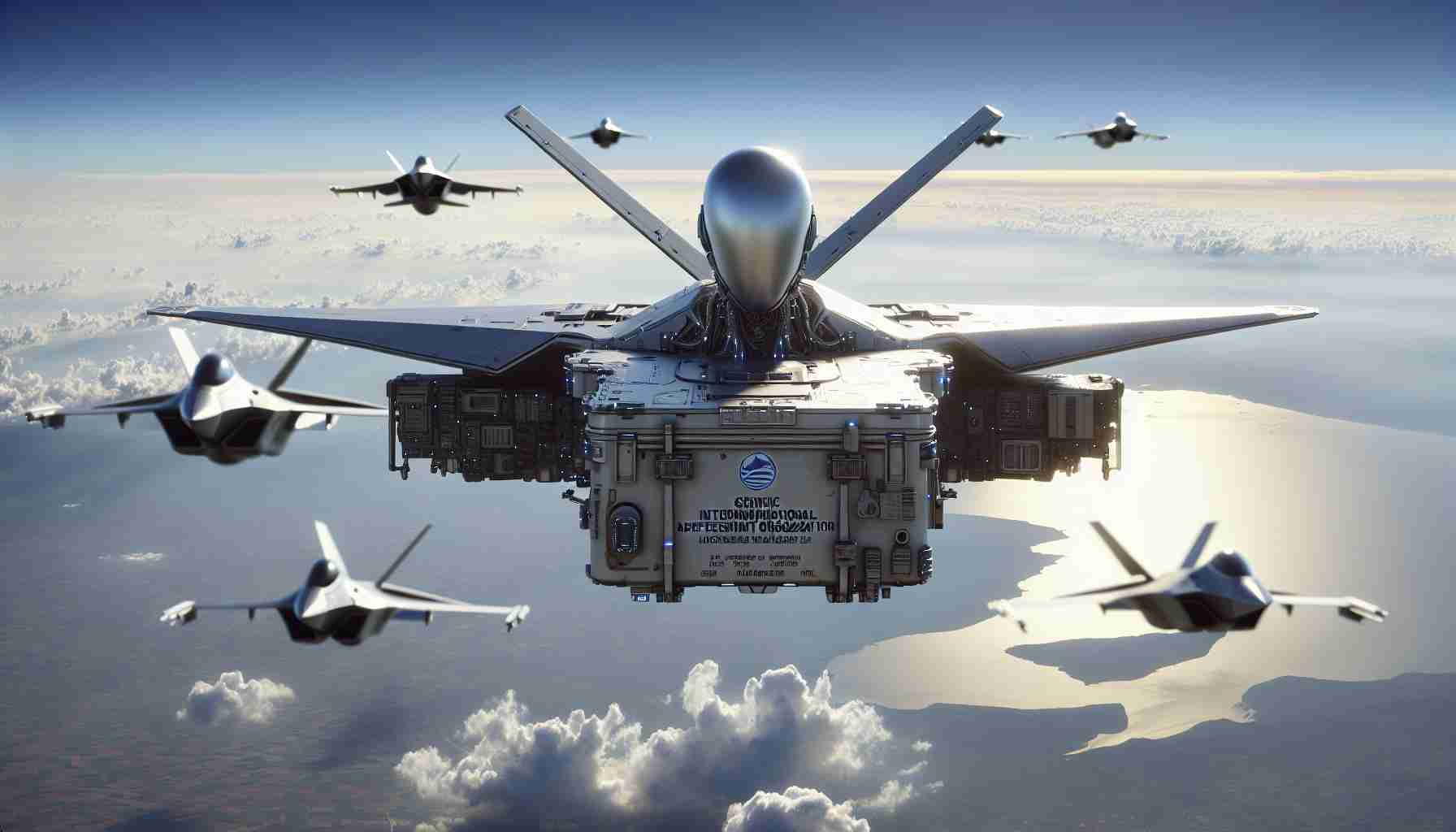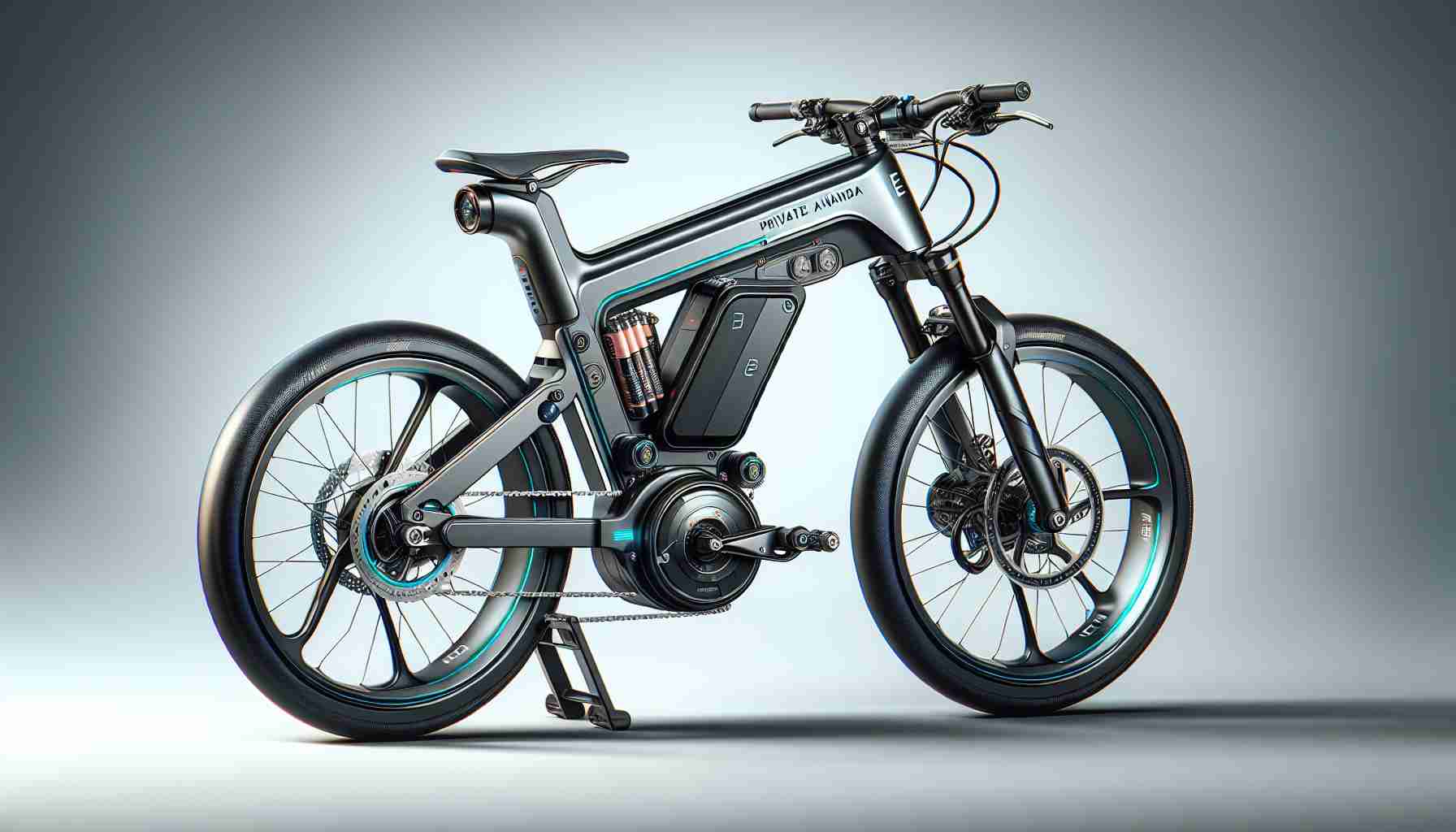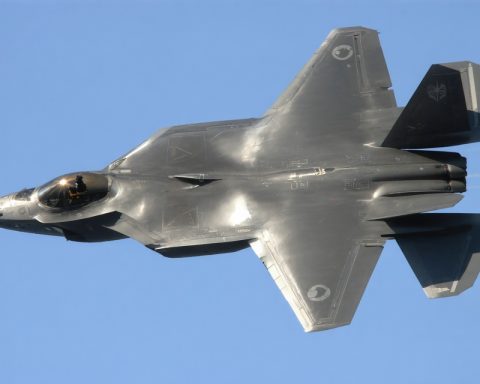The Baltic region’s skies are now under the vigilant watch of NATO’s most advanced fighters, as state-of-the-art aircraft guard the airspace over Lithuania, Latvia, and Estonia. In early December, four F-35A fighters from the Netherlands took off to land at Estonia’s Ämari Air Base, joining formidable aircraft like Eurofighters and French Rafales.
For decades, the mission known as Baltic Air Policing has ensured aerial security since the early 2000s—especially essential for the Baltic nations lacking their own combat aircraft. Amid growing regional threats, NATO’s allies have increased their aerial patrol strength to include a full dozen fighters, supported by key bases in Lithuania and Estonia, with additional locations in Poland and Latvia offering backup.
These deployments serve a dual purpose: enhanced readiness and invaluable training for NATO pilots. Participating forces, facing unfamiliar skies and coordination efforts with allied nations such as Poland and Sweden, bring a modern edge to securing the area.
New to the roster, the fifth-generation F-35A fighters represent cutting-edge military aviation technology. Thanks to recent improvements at Ämari, including a refurbished runway and dedicated hangar facilities, these innovations are made possible by contributions from Estonia, Luxembourg, and NATO itself—an investment in both new infrastructure and the future security of the alliance.
Operational control remains under NATO’s air operations hub in Germany, ensuring that quick-response decisions can be made effectively to counter any potential threats. This coordination exemplifies the readiness and adaptability of NATO forces in face of evolving security challenges.
NATO’s High-Tech Arsenal Strengthens Baltic Air Security
In the latest strategic advancement for Baltic Air Policing, NATO has fortified its presence with the deployment of state-of-the-art F-35A fighters to Estonia’s Ämari Air Base. This move not only enhances the security measures over Lithuania, Latvia, and Estonia but also brings new technological advancements to the forefront of NATO’s defence strategies in the region.
Pros and Cons of Deploying F-35A Fighters
Pros:
– Advanced Technology: The F-35A fighters are equipped with cutting-edge stealth capabilities, sensor fusion, and advanced mission systems, making them some of the most sophisticated jets in military aviation.
– Enhanced Training: The deployment offers unique training opportunities for NATO pilots, fostering better coordination and readiness when dealing with potential threats in unfamiliar airspace.
– Strategic Deterrence: The presence of such advanced aircraft serves as a strong deterrent against regional threats, reinforcing NATO’s commitment to the security of its member nations.
Cons:
– Cost: Deploying and maintaining F-35A fighters is expensive, requiring significant financial and logistical resources from NATO member states.
– Complex Maintenance: The sophisticated technology of the F-35A demands a high level of maintenance expertise and infrastructure, increasing operational requirements.
Technological Innovations and Infrastructure Improvements
The recent infrastructural enhancements at the Ämari Air Base, such as the refurbished runway and dedicated hangar facilities, highlight the collaborative efforts between Estonia, Luxembourg, and NATO. These investments not only accommodate advanced aircraft like the F-35A but also ensure the long-term security of the alliance by bolstering NATO’s rapid response capabilities.
NATO’s Strategic Coordination and Market Insights
Under the operational control of NATO’s air operations hub in Germany, the Baltic Air Policing mission exemplifies the strategic coordination needed to address evolving security challenges. This setup allows for rapid decision-making and deployment of resources, showcasing NATO’s adaptability to potential threats.
Market Analysis:
The defence aerospace sector continues to grow, driven by innovations such as the F-35A. NATO’s use of these advanced fighters reflects broader market trends toward modernising military forces, emphasising technological superiority and interoperability among allied nations.
Future Predictions for NATO’s Air Defence
Looking forward, NATO’s integration of fifth-generation aircraft and continued infrastructure enhancements forecast a future where technology plays an ever-increasing role in collective defence strategies. As threats in the region evolve, NATO’s readiness and response capabilities will likely expand, ensuring comprehensive security for the Baltic states.
For more information on NATO’s air operations, visit the official link name.












